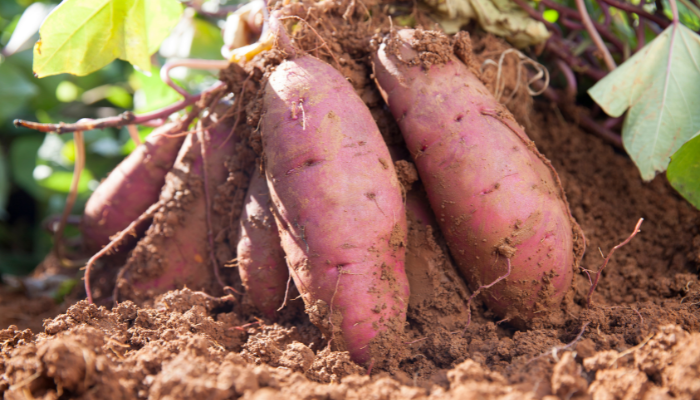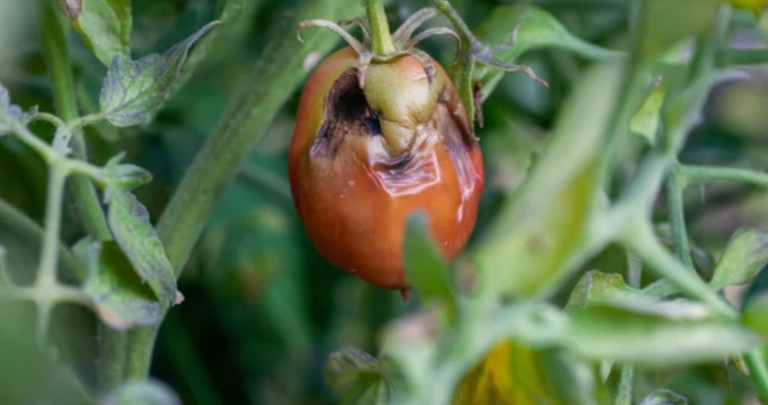Tomato Seed Planting Depth: How Deep Should You Plant Tomato Seeds?
Tomatoes are one of the most popular vegetables grown in home gardens. Growing tomatoes from seeds is a cost-effective and rewarding way to grow your own tomatoes. One of the most important factors in growing healthy tomato plants is to plant the seeds at the correct depth. The ideal depth to plant tomato seeds is…






